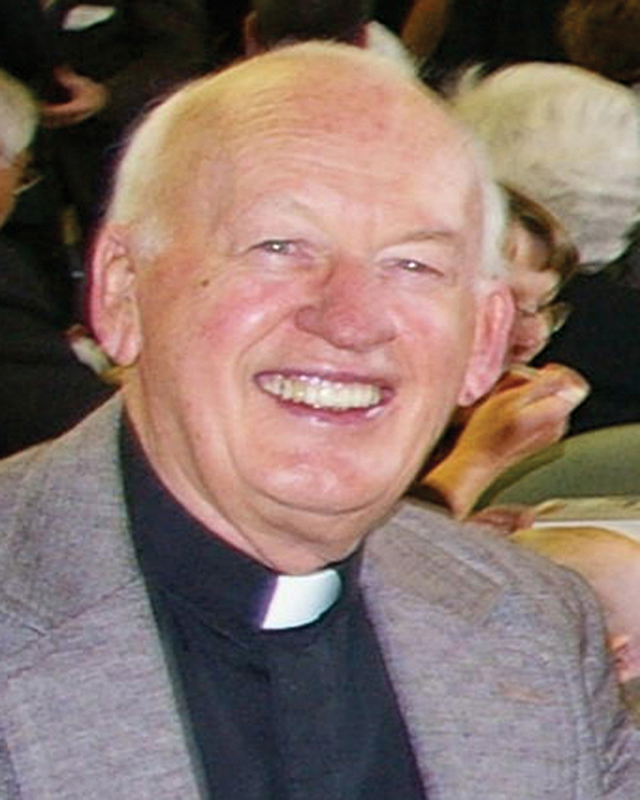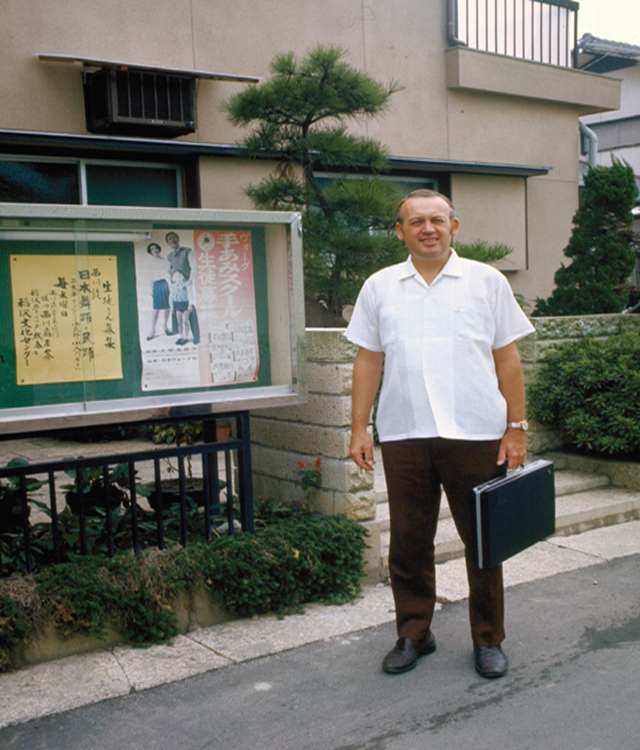Doctor on Board
By Fr. Gerald Curry, S.F.M.
September/October 2011
Return to Table of Contents
Print Article
Recently I read an article by Katie Hafner written for the New York Times News Service about medical emergencies that take place on commercial flights. MedAire, a company that advises more than 60 airlines around the world, reported about 19,000 inflight medical emergencies for commercial airlines in 2010. In 442 cases the situation was serious enough to require diverting the plane to the closest airport and 94 persons died on board. Currently the US Federal Aviation Administration requires flight attendants to have some healthcare training and all aircraft are required to carry emergency medical kits and defibrillators.
The article brought to mind a time in 1971 when I was a missioner in Japan and I accompanied a group of 25 Japanese students to the United States for a three week immersion course in English. Our flight carried us from Tokyo to Los Angeles where we spent our first night at a hotel near the airport. The next day we boarded another Boeing 747 bound for New York City.
About an hour into the flight, an attendant made an announcement asking if there was a doctor on board. One of our Japanese group was a doctor, but I waited to see if another volunteer would come forward, one perhaps whose first language was English. I had just started to settle into my seat when a more urgent call came for help. I immediately conferred with the doctor in our group and we presented ourselves to the flight attendant.
She led us up the spiral staircase and through first class to the entrance of the flight deck. There they explained to us that the tip of the hearing device used by the flight engineer had broken off and was lodged in his ear. The more that the flight crew had tried to remove the small rubber tip the deeper it went. In only a few minutes the doctor removed the invasive tip much to the relief of the engineer. The captain and his crew were grateful and most especially the engineer whose hearing was so important to him in his task of guiding our flight across the United States and into Kennedy Airport.
The next three weeks would provide many interesting adventures for the members of our group as they took in the sights and sounds of New York and its environs. The Maryknoll Sisters at Rogers College proved to be most gracious hosts, providing us with classroom teachers as well as guides to accompany us on bus tours in and around the city.
Our time of study and experience, of adventure and laughter soon came to an end as we boarded another 747, this time carrying us across the Pacific, bound for Tokyo. We would proceed to Nagoya, a large city along the Eastern seaboard, 300 kilometres south of Tokyo.
For me this meant re-entering my life as a parish priest. In the early 1960s our missionary community in Japan was having a serious debate about the usefulness and wisdom of teaching English in Japan. Was it really related to our task as missionaries, witnesses to the Good News of the Gospel? For some of us the answer was obvious—we were simply answering a need expressed by the Japanese. While not a life and death issue like poverty or homelessness, teaching English was nevertheless a response to the Japanese people’s felt need. It also provided a point of contact for us to get to know many Japanese, mostly non-Christians, whom we would never have met otherwise. Our openness and service helped them to see us as interested in them and their lives.
During my years of study of philosophy and theology in order to become a priest, I would not have imagined my missionary outreach to include teaching English to Japanese of all ages and life situations. Nor would I have imagined a study trip to New York and an emergency call for a “doctor on board.”
Return to Table of Contents
Print Article

